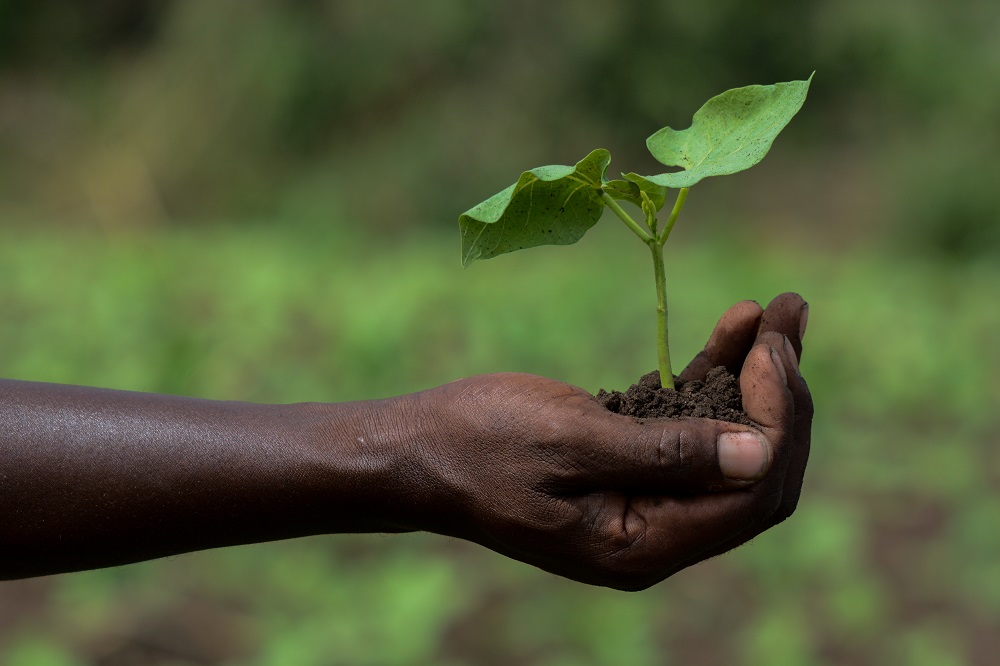New crop varieties are driving growth in Ethiopian agricultural markets. Specially bred beans already earn the country valuable export income. The country’s Agricultural Research Institute is now building market-led approaches into its breeding programs for all crops.
Ethiopian agriculture remains dominated by millions of smallholders. However, new crop varieties are enabling them to move from subsistence farming to additional lucrative production for export markets and also envisioned to provide sufficient produce for the emerging agro-processing industries. Beans are a good example. Formerly grown mainly for domestic consumption, this crop now earns Ethiopia 150 million USD annually in exports. Ten years ago, bean exports were worth just eight million dollars.
The key to this success has been new varieties for specific markets. Breeders from the Ethiopian Institute of Agricultural Research (EIAR*) worked closely with colleagues at CIAT/PABRA**. Over the past decade, they together developed new bean varieties preferred by consumers in India, Netherlands, UK, Italy, Russia, Pakistan, and the Middle East. Ethiopia is now expanding ‘demand-led breeding’ (DLB) to other crops. “By institutionalizing this approach while enhancing the capacity of the breeding programs, we are leading a change in African plant breeding in collaboration with our national and international partners”, says Dr. Taye Tadesse, EIAR’s Director of Crop Research.
Training and trade
EIAR recently held its first training for researchers designed expressly to build DLB into all its breeding programs. 35 program leaders and senior breeders working on over 20 crops met with education experts from across Africa. This training formed part of an international initiative by the Alliance for Agricultural R&D for Food Security#.
“Our talented new generation of professional breeders can contribute significantly to Ethiopia’s future in food production and trade”, Tadesse believes. “Continuing old breeding practices isn’t good enough. We need a more business-oriented approach. This includes harnessing innovative skills in all of our crop improvement programs, in order to support our smallholder farmers.”
In the last 20 years, Ethiopia’s population has doubled to 110 million and is now Africa’s second-largest. Growing more food is therefore crucial. With 36 million hectares of farmland, Ethiopia has enormous agricultural potential. It has 18 major agro-ecological zones, suitable for a wide range of crops. Ethiopia is committed to increasing its food production both for domestic markets and for African and intercontinental trade. The country has a long trading heritage and runs Africa’s only large international commodity exchange for staples such as beans and cash crops like coffee.
*http://www.eiar.gov.et/ ** http://ciat.cgiar.org/global-partnerships/pabra/ – https://www.pabra-africa.org/
#The Alliance for Agricultural R&D for Food Security supports the Demand-led Plant Variety Design for Emerging Markets in Africa (‘DLB’) initiative. The Alliance members are the Syngenta Foundation for Sustainable Agriculture, the Australian Centre for International Agricultural Research and the Crawford Fund. The initiative is managed by the School of Agriculture and Food Science, University of Queensland, Australia.
This article was first published in the Syngenta Foundation website

